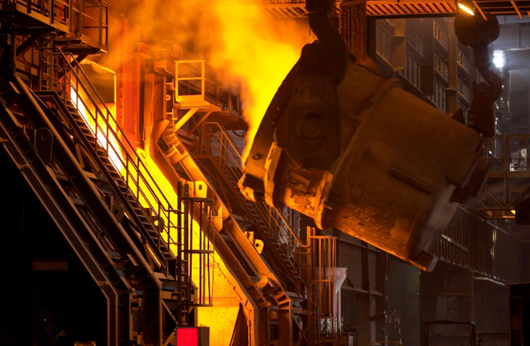
The steel industry has a major impact on the global economy and society. With the global warming threat growing, steel producers need to move beyond simply meeting legal requirements to demonstrate their commitment to reducing greenhouse gas emissions and contributing to a net zero world.
For this to happen, the industry must have a way of measuring their progress on ECA. The international ResponsibleSteel Certification Program has taken an important step towards this goal by launching a standard for emissions intensity. This standard was designed to compliment a steel site certificate. It demonstrates the ability of reducing greenhouse gas (GHG), across the entire process, by setting and tracking performance.
In its announcement of launch, ResponsibleSteel emphasizes that the new GHG intensity standards will be applied across all operational sites. It includes blast furnace (BF), and electric arc (EAF) installations. GHG emissions intensity is measured by measuring total site emissions and including energy use from a variety of sources, including renewables and waste to energy conversion, along with the embodied carbon in raw materials and waste products.
To obtain a site certificate, a steel facility must contract with a recognised certification body to conduct a self-assessment and submit evidence of its performance. The assessment is reviewed by an independent review committee that includes experts from outside of the steel industry. This review is followed by an onsite visit and extensive media and stakeholder analysis to verify the site's claims. Once the site has been certified, it will be able to show customers and stakeholders that they are in compliance with ResponsibleSteel.

A spokesman for ResponsibleSteel explains that the standard's performance requirements include both site GHG intensity targets and science-based corporate goals with strategies and plans for decarbonization. It demands that companies create their own ESG systems and communicate with stakeholders openly. It also sets targets for GHG emission reductions and mandates that sites produce product carbon footprints so that the steel they sell can be independently verified.
The spokesman adds, that ResponsibleSteel is partnering with the International Energy Agency in order to create a blueprint for the sector to reduce GHG emissions. He claims that current platforms and documents are "minimizing the global EAF and the important science based role that scrap-based EAF is playing in the production of low-carbon-intensity Steel."
He points to the fact that, while the steel sector is willing to speed up its transition to steel with lower emissions, the market won't support such initiatives unless there are clear specifications, commitments and financing from steel users, specifiers and financiers as well as clean energy and financing. Bell also agrees that this transformation can only be accelerated by a truly global strategy. All tiers in the steel supply chain will need to work together on this approach to design and construct the steel plants for the future.

Write a Message